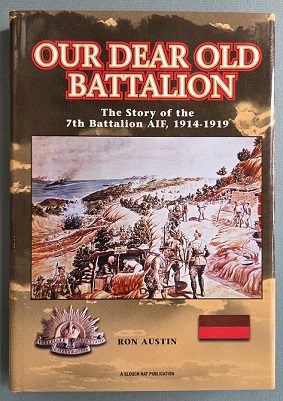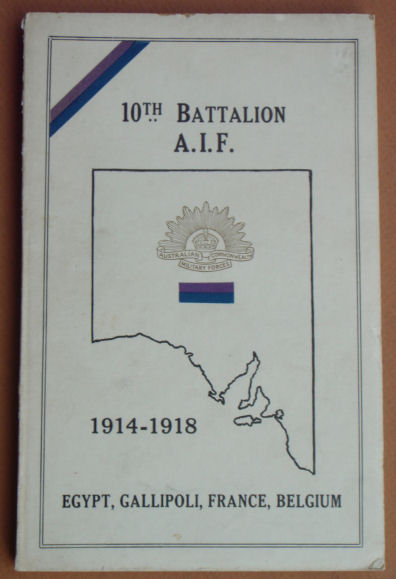Description
Title: The 28th – A Record of War Service with the Australian Imperial Force, 1915 – 1919
Author: Collett, Herbert Brayley
Condition: Mint
Edition: 3rd Edition
Publication Date: 2010
ISBN: 9781845748654
Cover: Soft Cover without Dust Jacket – 219 pages
Comments: The detailed history of the 28th Battalion AIF – Facsimile reprint.
The 28th Battalion was raised at Blackboy Camp in Western Australia on 16 April 1915 from recruits previously earmarked for the 24th Battalion, which was instead being raised in Victoria. The battalion left Australia in June, and, after two months spent training in Egypt, landed at Gallipoli on 10 September.
At Gallipoli, the 7th Brigade, which included the 28th Battalion, reinforced the weary New Zealand and Australian Division. The 28th had a relatively quiet time at Gallipoli and the battalion departed the peninsula in December, having suffered only light casualties.
After another stint in Egypt, the 7th Brigade proceeded to France and the Western Front, as part of the 2nd Australian Division. The 28th Battalion took part in its first major battle at Pozières between 28 July and 6 August 1916. After a spell in a quieter sector of the front in Belgium, the 2nd Division returned to the south in October, where the 28th Battalion took part in confused and costly fighting to the east of Flers, in the Somme Valley.
For many of the major battles of 1917 the 28th found itself in supporting roles. At the second battle of Bullecourt, the 28th provided reinforcements who were nonetheless involved in heavy fighting. The 28th went on to attack as part of the third phase at the battle of Menin Road, capturing its objectives in seven minutes, and was in reserve during the capture of Broodseinde Ridge. The battalion was also in reserve for the battle of Poelcappelle on 9 October, but, with the attack floundering in the mud, it soon became embroiled in the fighting.
In April 1918, the 28th fought to turn back the German spring offensive and, from 8 August participated in the joint British and French offensive that marked the beginning of Germany’s defeat. The Battalion was prominent in the fighting to secure crossing points over the Somme River around Peronne, and in the advance beyond Mont St Quentin. The 28th’s last actions of the war were fought as part of the effort to break through the Beaurevoir Line in the first week of October 1918. The first members of the battalion began returning to Australia in January, and the 28th was disbanded in March 1919.
Includes Nominal Roll




